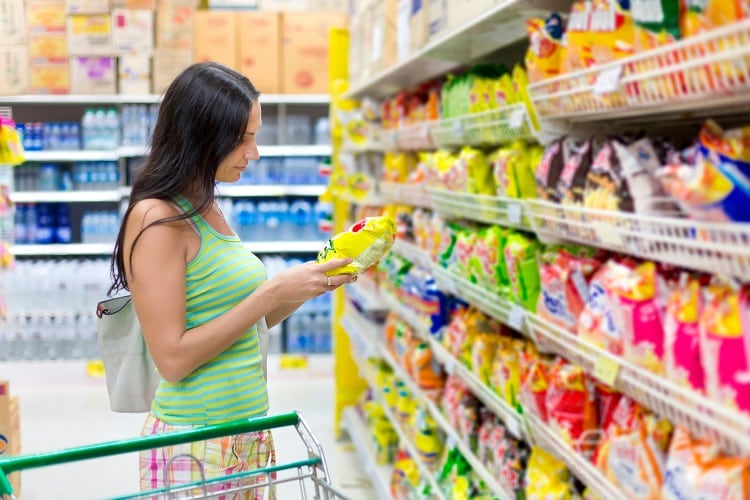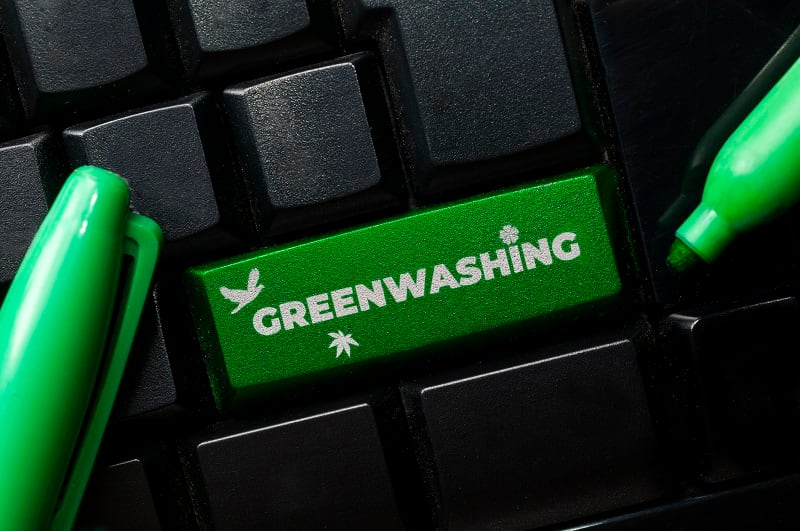The Made Green in Italy label is not new, but as consumer demand for environmentally friendly products increases, the scheme is more relevant than ever.
According to the European Commission, greenwashing – whereby an organisation attempts to persuade the public its products, aims and policies are more environmentally friendly than they are – is on the rise.
A recent investigation undertaken by the International Consumer Protection Enforcement Network (ICPEN) revealed that four in 10 websites appear to be using greenwashing tactics.
These include vague claims and unclear language, including terms such as ‘eco’ or ‘sustainable’ without adequate evidence. Brands may also hide or omit information, such as a product’s pollution levels, to appear more eco-friendly.
The Made Green in Italy scheme aims to enhance clarity and transparency, and in doing so, ‘battle against greenwashing’, explained Professor Fabio Iraldo from Sant’Anna School of Advanced Studies in Pisa.
A brief history
How the label came into being is a ‘long story’ that dates back to the late 1990s, said Professor Iraldo at a recent European Food Forum (EFF) event. At that time, some companies were beginning to ‘strongly rely on green products’ in their marketing strategies, he recalled.
Interest has also been increasing amongst SMEs in lifecycle assessment (LCA)-style approaches, the professor continued. “But most of all, there was a quest for clarity, transparency, information, and anything that has to do with the battle against greenwashing…”
At the same time, a need had developed to support decision-making, particularly when conducting green public procurement.
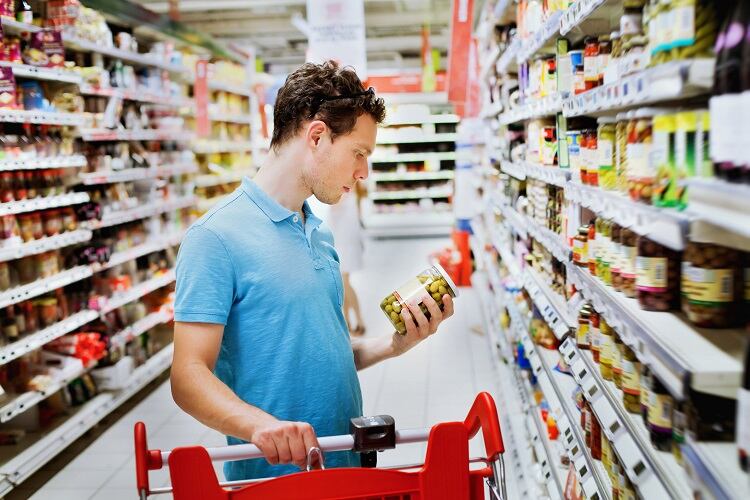
The concept for the Made Green in Italy scheme kickstarted in 2010, when a programme was launched to test a method for determining a product’s footprint. Between 2010 and 2018, voluntary agreements with companies to develop footprints were established.
In 2015, Law no. 221 saw the Made Green in Italy scheme introduced. And in 2018, it was enforced as an operational regulation by the Ministry of the Environment. Academic support for its implementation was provided by Sant’Anna School of Advanced Studies.
How does the labelling scheme work?
The Made Green in Italy scheme is voluntary. Eligible products must also adhere to ‘Made in Italy’ specifications. “If you can be Made in Italy according to the law, then you can access this scheme. Otherwise, you cannot,” we were told.
An applicant company can participate in the scheme if it carries out a Product Environment Footprint (PEF) study, as per EU guidelines. The PEF is a multi-criteria measure of the environmental performance of a good or service through its life cycle.
As the European Commission puts it, PEF information is produced for the overarching purpose of seeking to reduce the environmental impacts of goods and services taking into account supply chain activities (from extraction of raw materials, through production and use, to final waste management).
Eligible products must also perform well against the benchmark, if one is available, and demonstrate efforts to achieve a continuous improvement of the product footprint, if not in the ‘best class’.
“It is not enough to apply the LCA study, but based on the results coming out of the LCA on the most important product [categories], the company needs to commit to continuous improvement…you have to continuously improve the performance that is measured by the environmental footprint,” Professor Iraldo reiterated.
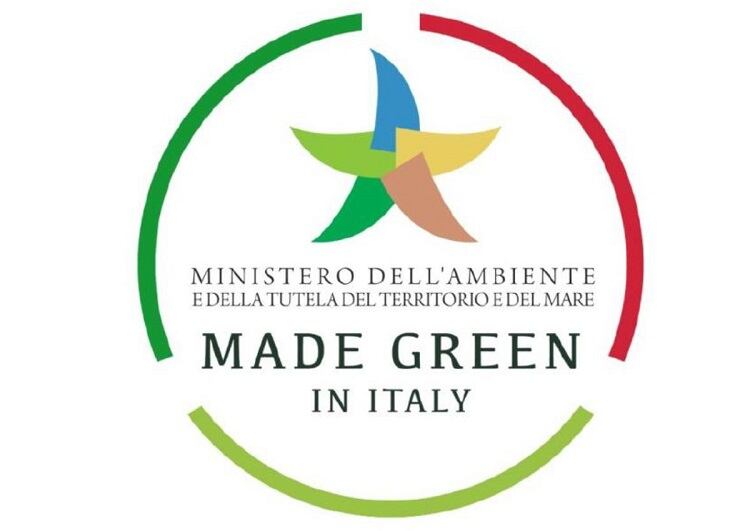
PEF results must be communicated to consumers and stakeholders, and PEF studies updated.
Green communication
Concerning how brands can and should communicate their green claims on pack, Professor Iraldo explained the product in question must carry the Made Green in Italy logo. A two-dimensional barcode or QR code must also be applied, which gives consumers access to a landing page with a ‘detailed declaration’ of its environmental footprint.
The product’s positioning against the three main impact categories can also be communicated, as can its positioning against the benchmark. “You can be Class A, Class B, or Class C. If you are Class C, you cannot have the certification,” we were told.
Brands can also communicate the results of their continuous improvement. “If you can improve the product and its environmental footprint on a yearly basis, you are allowed to communicate to your customers the percentage of this improvement that you have achieved.”
The certification also proves compliance with Green Public Procurement (GPP) mandatory criteria, the professor explained. “So you can use the certification to communicate to a public purchaser that you are compliant.”
Italy looks to expand category rules
As it stands, Italy has approved rules for a number of food and non-food categories. In non-food, category rules have been established for wooden packaging, industrial laundry services, and woven wool. Plans are underway to approve category rules for steel casting, tobacco, and geotextiles.
In food, category rules have been approved for cheese, vinegar and pasta. Italy is working to approve pig meat and bovine meat categories.
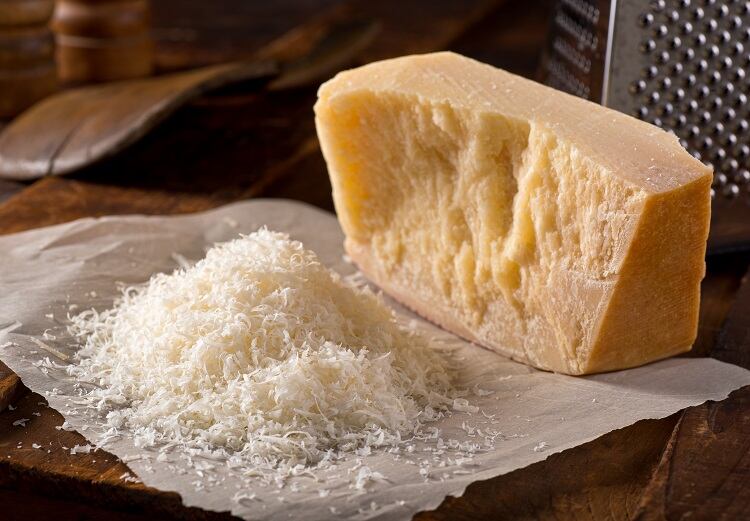
According to Professor Iraldo, efforts have been made to support SMEs adopt the labelling scheme. The Government has provided a fund to help smaller companies onboard the label, and a free national database has been established to help SMEs ‘cut the cost of retrieving data from several supply chains’, he explained.
“Last but not least, we are also receiving a good helping hand from the European Commission,” the professor continued, citing projects that support the development of Product Category Rules to perform PEF studies on products not previously included in the Commission’s Pilots of the PEF methodology.
“In this way, [such projects are] helping the work of the Commission in the future for several additional categories, including some food categories.”



